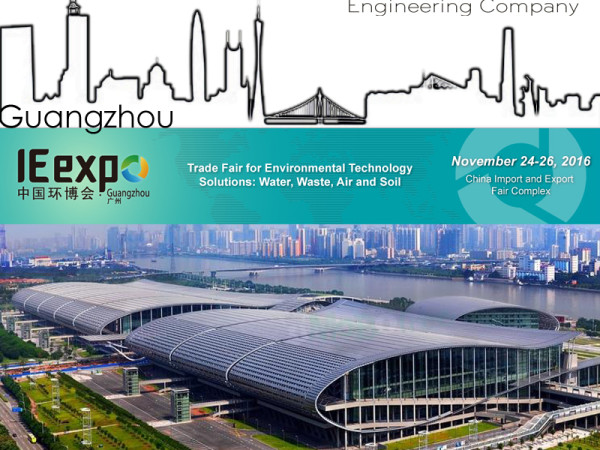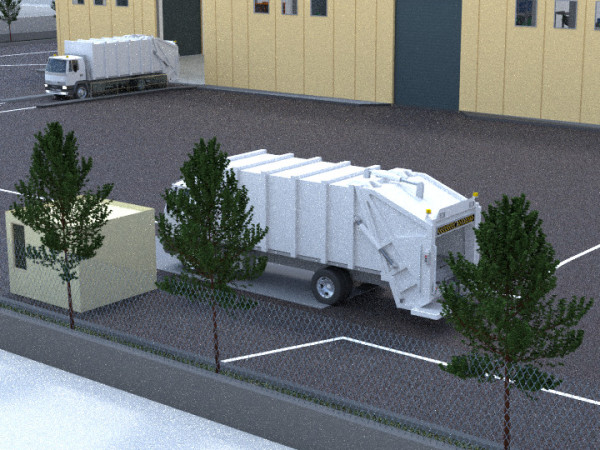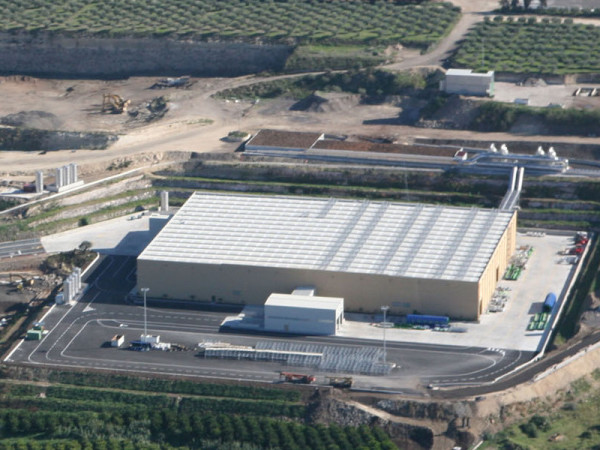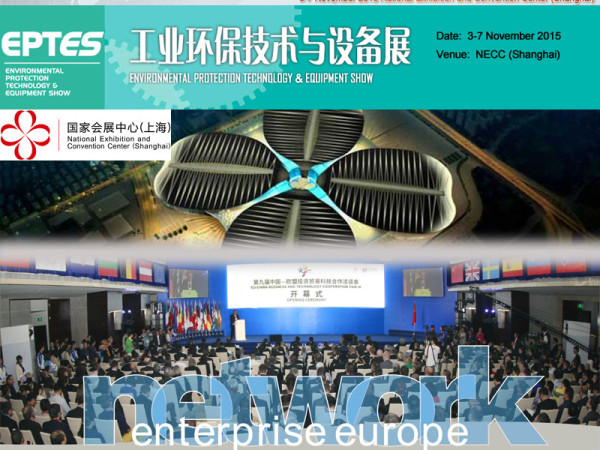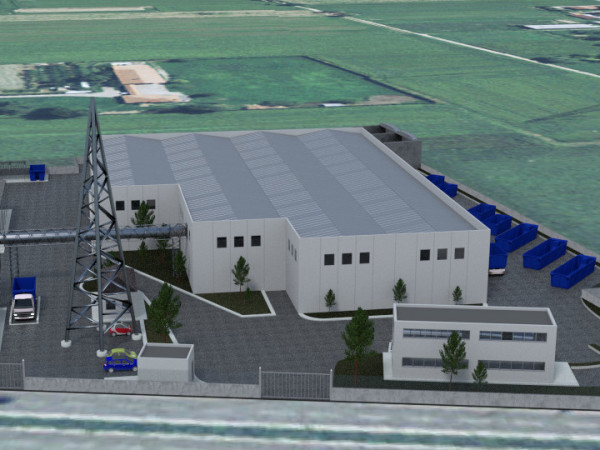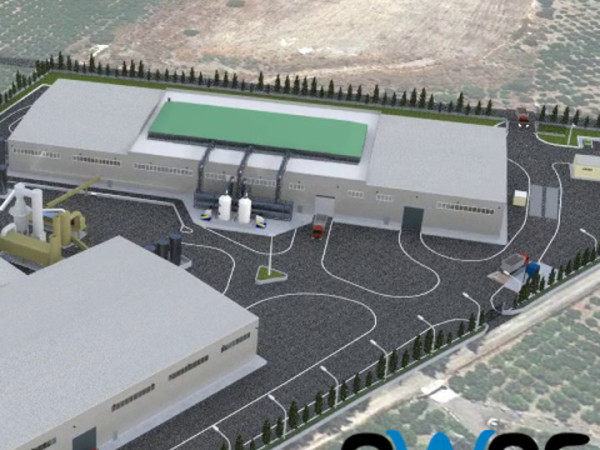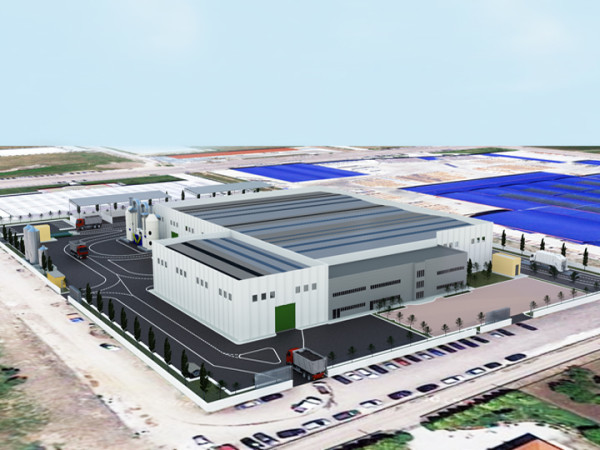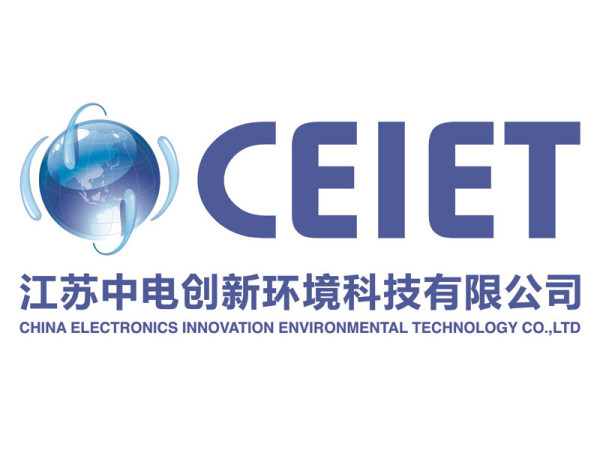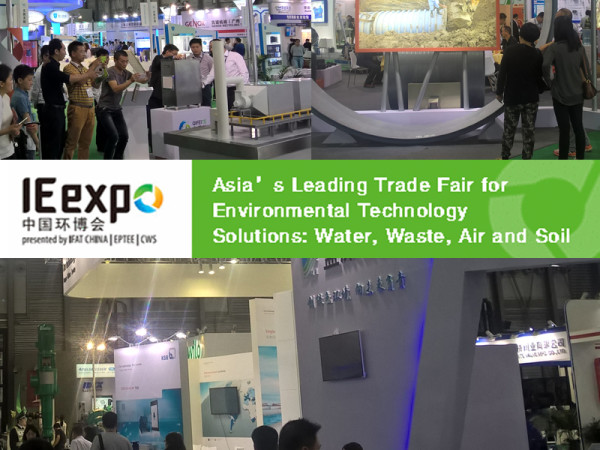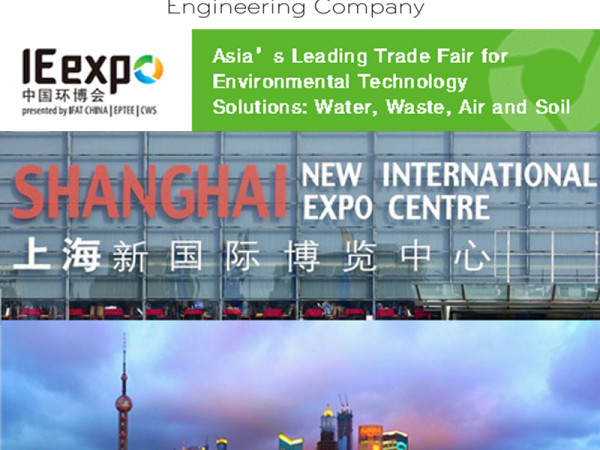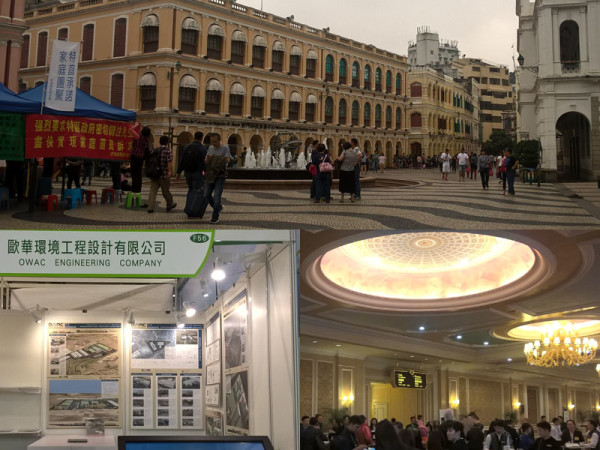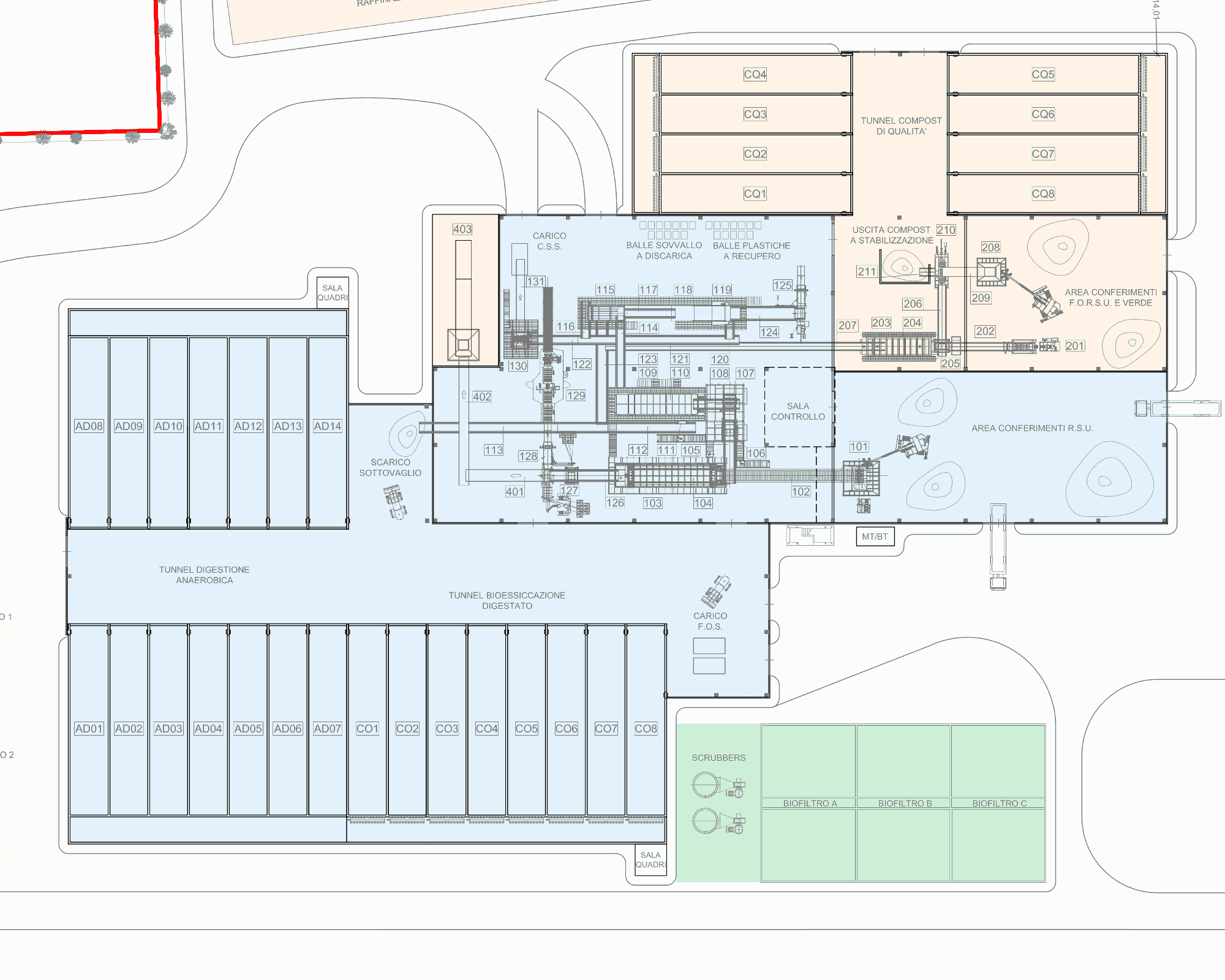
Plant data
Features
- Location: Partinico (PA)
- Coord. UTM (Zone 33S):
330,844 E – 4,206,205 N - Site area: 7.2 has
- Plant surface: 56,000 m²
- Treatment area: 18,100 m²
- Roads and auxiliary services area: 32,000 m2
- Design level: preliminary design
- Design period: 2014
- Assignment: Preliminary design
Cost: 41,284,257.35 €
Treatment
- Operations according to All. B and C at Part IV of D.Lgs. 152/06 s.m.i.: D8, D9, D14, D15, R1, R3, R4, R5, R10, R13
- Expected potentiality:
100,000 ton/year of M.S.W.
30,000 ton/year of organic waste from separate collection and pruning waste - Treatment and recovery lines:
n. 1 M.S.W. mechanical-biological treatment
n. 1 organic waste mechanical-biological treatment
n. 1 section for energy recovery from biogas and waste from the selection - Working days per year: 312
- Employable personnel: 20
Accessory equipment
- Air treatment: 170,000 Mm3/h
- Air treatment system: wet scrubbers and biofilters
- Biofilter surface: 1,000 m²
- Biogas cogenerating system:
flow 10,000 m3/day,
power 800 kWe – 810 kWt - Waste exploitation system:
flow 15 m³/day,
power 800 kWe – 810 kWt
(S0008)
Plant description
In order to operate an integrated management of municipal waste the designed plant allows to: i) pre-treat the incoming waste (shredding); ii) select the dry fraction, the wet fraction (underscreen) and recyclable fractions (metals, plastics, glass, etc.); iii) perform a post-treatment of the organic fraction through biological processes (anaerobic and aerobic); iv) produce a high quality compost to be used as fertilizer in common agricoltural practices; v) produce a material with a high calorific value, the RDF, wich can be used as fuel in cement factories or thermal power plants; vi) produce electricity and thermal energy in order to compensate part or total self-consumption.
The expected potentiality is 100,000 ton/year of unsorted municipal waste and 30,000 ton/year of organic waste derived from recycling to produce quality compost; the designed process lines are: n. 1 line for the mechanical treatment of unsorted MSW (shredding, screening, metal separation, RDF fine-shredding); n.1 section for the anaerobic digestion of the underscreen selected (within n. 14 heated concrete tunnels); n. 1 section for the stabilization and aerobic biological drying of the digestate (in aerated piles within n. 8 tunnel); n. 1 line for the production of high quality compost (including pre-treatment section, n. 8 aerobic stabilization tunnels and a maturation and refining section); n. 1 cogenerator for the production of electrical and thermal energy from the biogas produced by the anaerobic digestion; n. 1 K.W.G. module (consisting of a containerized thermal unit) that exploits the molecular dissociation process and allows to produce electricity from waste material and to obtain a vitrified residue which can be reused for civil purposes such elevations, road foundations, etc.

